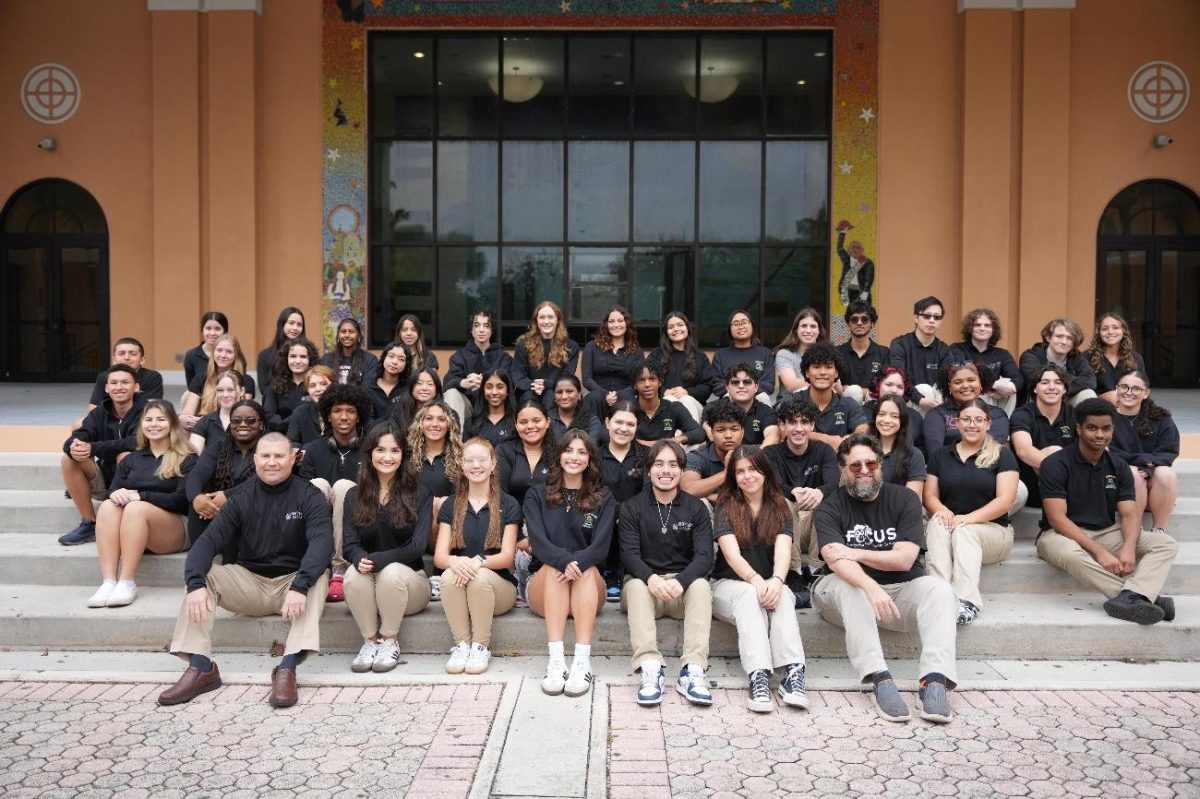Very soon, the class of 2024 will walk across the stage in their caps and gowns to receive their hard-earned diplomas. Following graduation, every student chooses a different path, whether it be joining the US army, or attending university. However, those who choose to attend college often face the burden of college tuition.
As of recently, college tuition is at an all-time high, on both a state and national level. There are many factors that contribute to this, mainly the effects of Covid-19. During the start of the pandemic, consumers were buying less and saving more, but once the restrictions palliated, people started to purchase regularly again. Demand outweighs supply, and businesses struggled, causing a rise in prices, which has spread to universities all around the nation.
Inadequate government funding has caused many students to become a part of the student-loan crisis. Concerns have risen about whether or not students are receiving the top-tier education necessary to graduate and enter new fields of work. Despite these concerns, millions of people are still required to pay hundreds of thousands of dollars in college debt. For instance, citizens of the USA collectively owe approximately $1.8 trillion in student debt.
This study also revealed that the average annual rate of college tuition inflation was 8% in 2023. There has also been an increase in over $5,325 for tuition and other fees at four-year public universities. Private universities consisted of almost double that amount, with there being an estimated increase of $10,168 from these years.
Large investments in student support services are a major cause of rising tuition costs. Most universities have undergone many developmental improvements, such as the construction of athletic centers, campus healthcare, career counseling and more, all increasing tuition.
Many families are also being affected due to their financial situations and home lives. Sophomore Grace Castro explained that affording high-cost investments, such as college-tuition, is often a struggle for her family, as she has divorced parents. “Even though there are scholarships that are for Hispanic students and lower income families, they still don’t pay for the full tuition,” she continued.
In Florida, the number of out-of-state students has increased drastically, putting pressure on Florida colleges to provide the proper resources and educators for their students. During the 2021-2022 school year, Florida had a decently large number of undergraduate out-of-state students. Florida’s graduate out-of-state tuition was $933 above the national average.
Many Charter students have also expressed their preferences for in-state tuition. “It’s much more affordable, whereas out-of-state tuition is already very expensive,” explained Junior Faiqah Sheikh.
Florida Governor Ron DeSantis has expressed that these tuition increases over the last generation “have not improved the quality of the education in any of these universities, but they are instead being used for administrative bloat.” DeSantis claimed that he will work to break the trend of rising college tuition in Florida, and revealed plans to remain on budget for the upcoming years.









